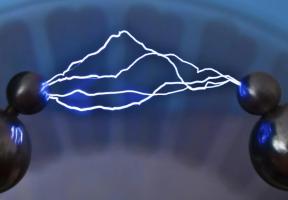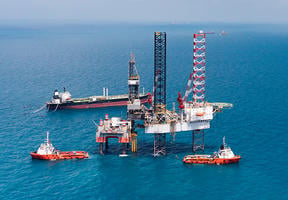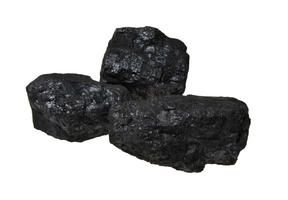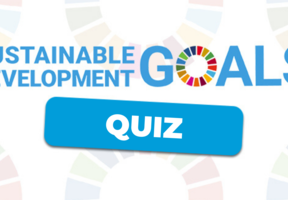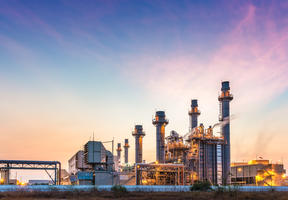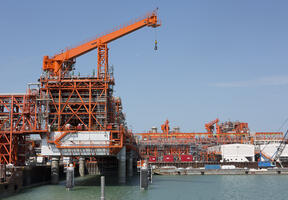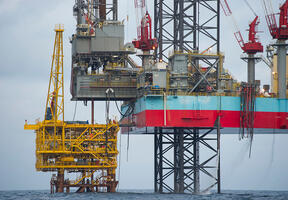
1.The first continent to target Net Zero by 2050
Through the green deal signed in December 2020, the European Union wants to achieve carbon neutrality within the next 30 years. The aim is to emit no more greenhouse gases than the Earth’s oceans, soils and forests can absorb. In the photo, the President of the European Commission, Ursula von der Leyen, presents the key points of the deal.
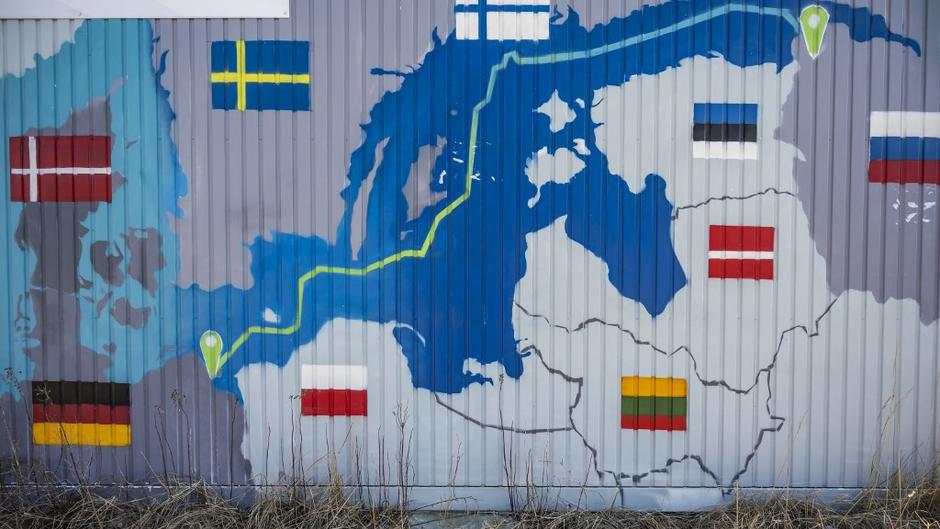
2.Breaking away from fossil fuels and from Russian dominance
The issue for the European Union is that it is highly dependent on , oil, and gas, which it imports in vast quantities, from Russia in particular. The invasion of Ukraine by the Russian army in 2022 led Germany to halt certification of the second , Nord Stream 2, which would have transported gas from Siberia under the Baltic Sea. The photo shows a map painted on one of the containers on the worksite.
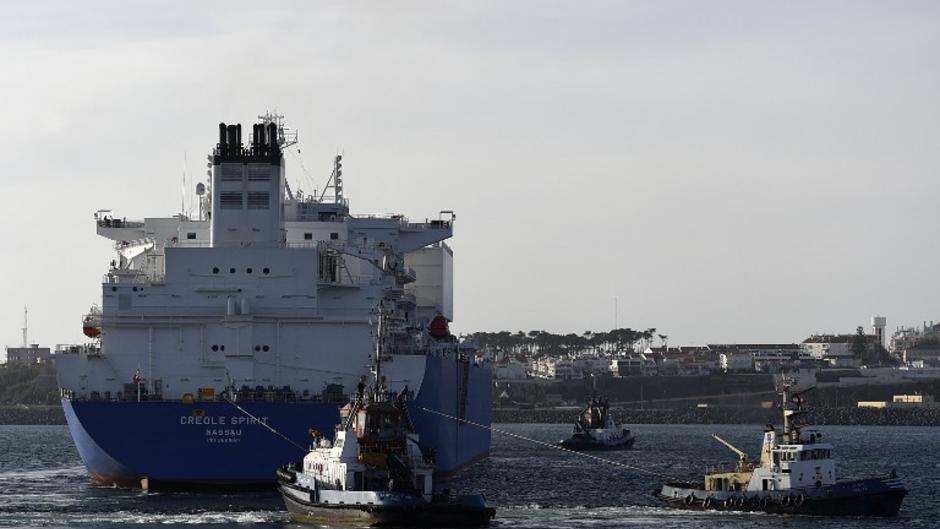
3. Liquefied Natural Gas from all over the world
One of the advantages of LNG is that, like , it can be imported by ship from anywhere in the world without having to transit through pipelines. Several years ago, in an attempt to diversify supply, Europe started to import LNG produced from from the United States. The photo shows the first delivery arriving in the port of Sines, Portugal, in April 2016.
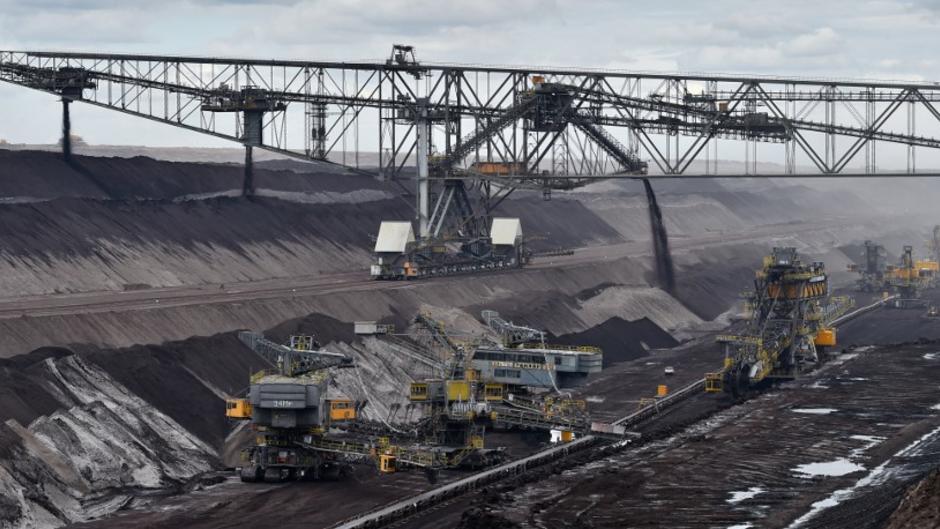
4. Toward the energy transition
The European Union has set an objective of reducing greenhouse gas emissions by 55% by 2030. But some countries, like Poland, are still highly dependent on coal. Germany is banking on renewable energies, but its determination to phase out nuclear has led it to fall back temporarily on coal and . Its open-pit mining activities (photo) have elicited protests from environmental activists.

5. Germany, the European leader in renewables
Despite its predominant use of coal, Germany has made a clear commitment to renewable energies. In addition to the giant wind farms in the Baltic Sea, it encourages the regions to set up their own solar energy systems. Ecodistricts in cities and even the tiniest villages are seeking to achieve energy self-sufficiency. New residential construction projects often include solar panels as part of the original design.
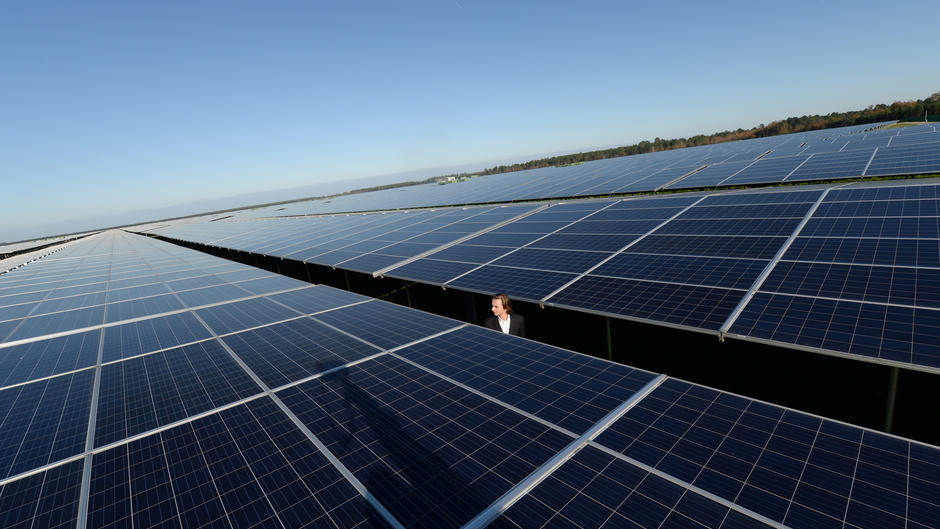
6. Giant European solar farms
Where Germany is a leader in terms of the total amount of solar energy produced, other European countries are competing to build giant solar power plants. The Nunez de Balboa solar farm in Badajoz, Spain, is considered to be the largest (capacity of 500 MW). It outstripped the Cestas farm in France, shown here in the photo (300 MW). France is planning to build another giant farm near the Landes forest, raising concern among ecologists.
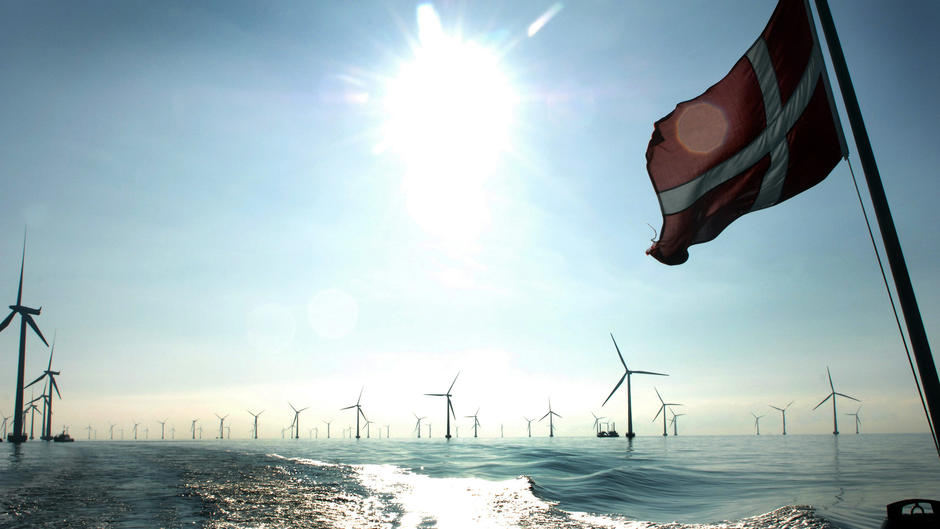
7. The country with the highest density of wind turbines
With 5,000 wind turbines, including more than 400 installed , the Kingdom of Denmark has the highest capacity given its size: 886 Watts per inhabitant against a European average of 279 W. But due to the intermittent nature of wind, and consequently of the power produced, Denmark has no choice but to remain connected to the power grids of neighboring Scandinavian countries and Germany.
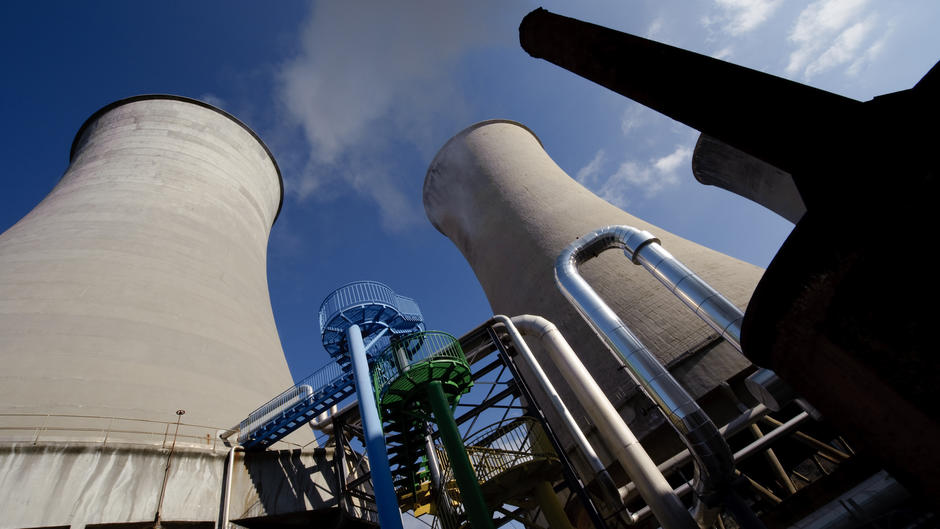
8. The long history of geothermal energy
In 1904, in the Lardarello area, Florentine prince and businessman Piero Ginori Conti, successfully used a steam-driven turbine to power five light bulbs. A geothermal plant was built in 1911 and remained the only one of its kind until 1958, when another one was built in New Zealand. The Lardarello plant in Tuscany is still active today and has a capacity of 810 MW. It sits on 200 km² of hot granitic rocks, which produce steam at over 200°C.
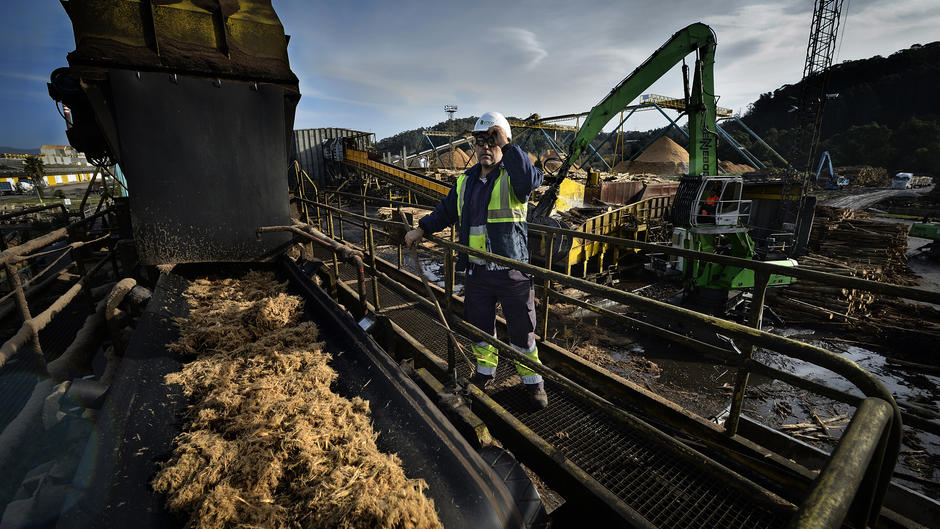
9. Spain diversifying its use of biomass
Spanish group Ence is Europe’s largest wood pulp producer (1 million tons a year). The feedstock, primarily eucalyptus, is produced locally, which has helped revitalize the rural economy. Part of the is used to generate and (capacity of 200 MW) to the plant, making it self-sufficient. The surplus is sold to the national grid.
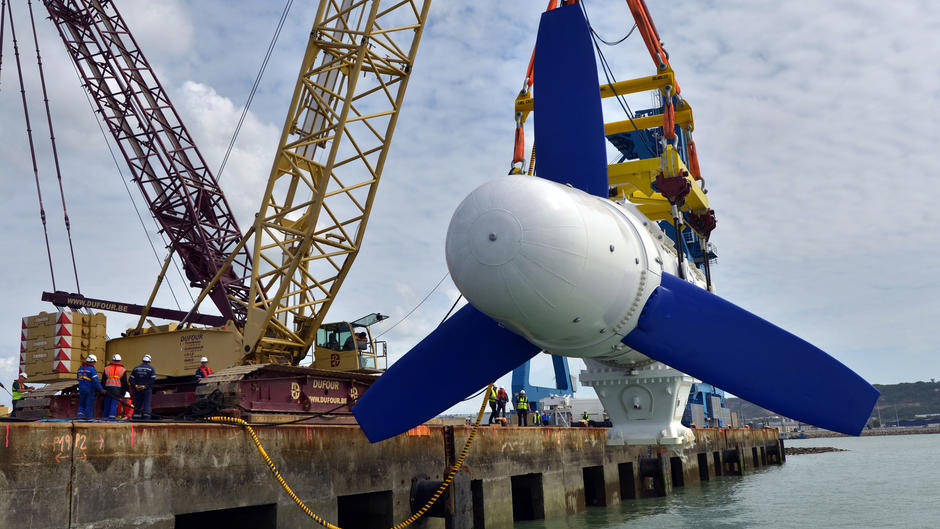
10. Marine energy becoming a reality
, which harnesses energy produced by the ebb and flow of the tide, has been around for more than 50 years now as evidenced by the plant in the Rance estuary, France. Other forms of marine energies, wave and current for example, are starting to be developed. The photo shows an underwater turbine, built by the German company Voith Hydro, being tested in the port of Cherbourg (France) before being shipped to Scotland, a country with particularly ambitious marine energy projects.
 Our most popular content
Our most popular content
See all
